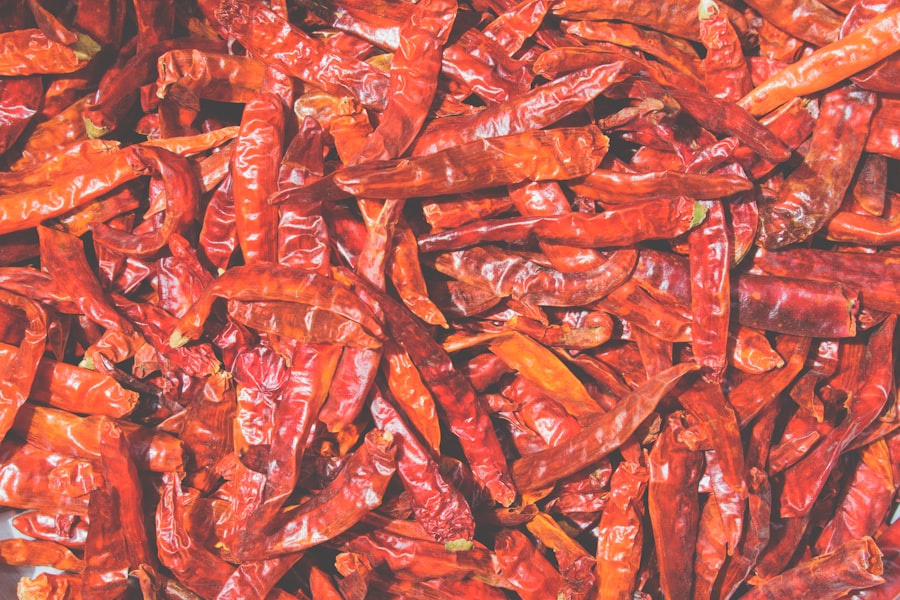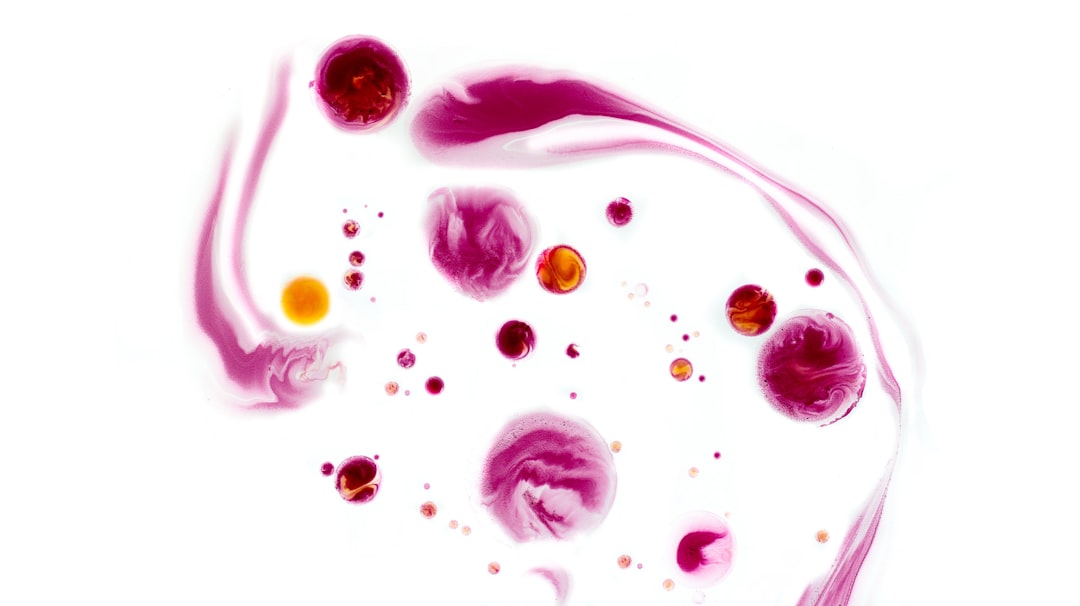Acidity is a fundamental characteristic that defines the quality and complexity of specialty coffee. It is often one of the first attributes that coffee tasters identify when evaluating a brew. In the context of coffee, acidity refers to the bright, tangy, and crisp sensations that can enhance the overall flavor experience.
This quality is not merely a byproduct of the coffee bean; rather, it is a crucial element that contributes to the beverage’s overall balance and depth. Specialty coffee aficionados often seek out beans with pronounced acidity because it can elevate the tasting experience, providing a refreshing contrast to the sweetness and bitterness present in coffee. The importance of acidity extends beyond mere flavor; it also plays a significant role in the perception of freshness and quality.
High-quality specialty coffees often exhibit a vibrant acidity that can evoke a range of flavors, from fruity and floral to citrusy and wine-like. This complexity is what sets specialty coffee apart from commercial-grade beans, which may lack the nuanced acidity that characterizes premium offerings.
Key Takeaways
- Acidity is a crucial component in specialty coffee, contributing to its overall flavor profile and complexity.
- Acidity in coffee impacts the flavor profile by adding brightness, sweetness, and fruitiness to the brew.
- It’s important to differentiate acidity from sourness in coffee, as acidity is a desirable trait while sourness indicates a flaw in the brewing process.
- Factors such as coffee bean variety, growing altitude, and processing methods all affect the acidity levels in coffee beans.
- Altitude plays a significant role in acidity levels, with higher altitudes generally producing beans with higher acidity levels.
The Impact of Acidity on Flavor Profile
The Interplay of Acidity and Flavor
When coffee is brewed, the acids present in the beans interact with other compounds, creating a complex array of flavors that can range from bright and lively to smooth and mellow. For instance, coffees with high acidity often exhibit fruity notes reminiscent of berries or citrus, while those with lower acidity may lean towards chocolatey or nutty flavors.
The Influence of Brewing Methods
The perception of acidity can vary depending on the brewing method employed. For example, pour-over techniques tend to highlight acidity more than immersion methods like French press. This is due to the differences in extraction time and water temperature, which can influence how acids are released from the coffee grounds.
The Dynamic Nature of Acidity
As a result, a single coffee bean can present different flavor profiles depending on how it is brewed, showcasing the dynamic nature of acidity in specialty coffee. This interplay between acidity and other flavor components is what makes coffee tasting such a complex and enjoyable endeavor.
Differentiating Acidity from Sourness in Coffee

While acidity is often celebrated in specialty coffee, it is crucial to differentiate it from sourness, which is generally considered a flaw. Acidity contributes positively to the flavor profile, providing brightness and complexity, whereas sourness typically indicates an undesirable taste that can arise from under-extraction or over-fermentation during processing. Sourness can manifest as an unpleasant sharpness that detracts from the overall enjoyment of the coffee, making it essential for roasters and brewers to understand this distinction.
The key to appreciating acidity lies in its balance with other flavor components. A well-balanced cup will have a harmonious interplay between acidity, sweetness, and bitterness. In contrast, a cup that leans too heavily on sourness may leave drinkers with an unpleasant aftertaste.
This understanding is vital for baristas and coffee enthusiasts alike, as it informs their approach to brewing and tasting. By recognizing the difference between acidity and sourness, one can better appreciate the intricate flavors that specialty coffee has to offer.
Factors Affecting Acidity in Coffee Beans
| Factor | Description |
|---|---|
| Altitude | Coffee beans grown at higher altitudes tend to have higher acidity. |
| Soil Type | Acidic soil can contribute to higher acidity in coffee beans. |
| Climate | Cooler climates can lead to higher acidity in coffee beans. |
| Processing Method | Washed processing method can result in higher acidity compared to natural or honey processing. |
Several factors influence the acidity levels in coffee beans, ranging from environmental conditions to processing methods. One of the most significant factors is the altitude at which the coffee is grown. Higher elevations typically produce beans with higher acidity due to cooler temperatures that slow down the maturation process.
This extended maturation allows for more complex flavor development, resulting in beans that exhibit vibrant acidity when brewed. In addition to altitude, soil composition plays a crucial role in determining acidity levels. Rich volcanic soils, for example, are known to produce beans with pronounced acidity due to their mineral content.
The presence of certain nutrients can enhance the development of organic acids within the coffee cherries, contributing to a brighter flavor profile. Furthermore, factors such as climate, rainfall patterns, and even the specific varietal of coffee can all impact acidity levels, making it essential for producers to consider these elements when cultivating their crops.
The Role of Altitude in Acidity Levels
Altitude is one of the most critical factors affecting the acidity of coffee beans. As coffee is grown at higher elevations, cooler temperatures slow down the ripening process of the cherries. This slower maturation allows for more complex sugars and acids to develop within the fruit, resulting in beans that possess a brighter and more pronounced acidity.
For instance, coffees grown in regions like Ethiopia or Colombia at altitudes above 1,500 meters often showcase vibrant floral and citrus notes attributed to their high acidity. Moreover, altitude influences not only the chemical composition of the beans but also their overall flavor profile.
These denser beans are more resilient during processing and roasting, allowing for better retention of their inherent acidity. Consequently, many specialty coffee producers prioritize high-altitude growing regions to cultivate beans that stand out for their bright and complex flavor profiles.
Processing Methods and Acidity in Coffee

Washed Processing: Highlighting Inherent Acidity
The washed method involves removing the cherry’s outer fruit layer before fermentation, which tends to highlight the inherent acidity of the beans by allowing for cleaner flavors to emerge. This method is commonly used in regions known for producing high-acid coffees, such as Central America.
Natural Processing: Complexity and Lower Acidity
Conversely, natural processing involves drying the whole cherry before removing the outer layers. This method can lead to a more complex flavor profile but may also result in lower perceived acidity due to the increased sweetness derived from prolonged contact with the fruit sugars.
Honey Processing: Balancing Sweetness and Acidity
The honey process strikes a balance between these two methods by leaving some mucilage on the bean during drying, which can enhance sweetness while still preserving some brightness in acidity. Each processing method offers unique advantages and challenges that affect not only acidity but also overall flavor complexity.
Roasting and Acidity Development
Roasting is another critical stage where acidity levels can be influenced significantly. The roasting process transforms green coffee beans into the aromatic brown beans we recognize as coffee; however, it also alters their chemical composition. During roasting, various acids present in green beans break down or transform into different compounds based on temperature and duration of exposure to heat.
Lighter roasts tend to preserve more of these acids, resulting in a cup with pronounced brightness and complexity. Conversely, darker roasts often lead to a reduction in perceived acidity as sugars caramelize and bitter compounds develop. While some drinkers may prefer this bolder flavor profile associated with darker roasts, it often comes at the expense of vibrant acidity.
Roasters must carefully consider their desired outcome when determining roast profiles; achieving a balance between sweetness, bitterness, and acidity is essential for crafting an exceptional cup of specialty coffee.
Balancing Acidity with Other Flavor Notes
Achieving balance in coffee involves harmonizing acidity with other flavor notes such as sweetness and bitterness. A well-rounded cup will have a dynamic interplay between these elements, creating an enjoyable tasting experience that captivates drinkers’ palates. For instance, high-acid coffees often benefit from underlying sweetness derived from sugars present in the beans; this sweetness can help counterbalance sharpness while enhancing overall complexity.
Baristas play a crucial role in this balancing act during brewing by adjusting variables such as grind size, water temperature, and extraction time. For example, using slightly cooler water temperatures can help preserve brightness while minimizing bitterness in high-acid coffees. Additionally, experimenting with different brewing methods allows baristas to highlight specific flavor notes while maintaining an overall sense of balance within each cup.
Acidity in Different Coffee Varietals
Different coffee varietals exhibit varying levels of acidity due to their genetic makeup and growing conditions. For instance, Arabica beans are generally known for their higher acidity compared to Robusta beans, which tend to have lower acidity levels but higher caffeine content. Within Arabica itself, there are numerous varietals—such as Geisha or SL28—that are celebrated for their unique flavor profiles characterized by bright acidity.
Geisha varietals are particularly renowned for their floral notes and vibrant citrus-like acidity; they have gained immense popularity among specialty coffee enthusiasts worldwide due to their exceptional quality and complexity. On the other hand, varietals like Bourbon or Typica may present a more balanced profile with moderate acidity complemented by sweetness or chocolatey undertones. Understanding these differences allows consumers to make informed choices when selecting coffees based on their preferred flavor profiles.
The Influence of Brewing Methods on Acidity
Brewing methods play a pivotal role in determining how acidity is perceived in a cup of coffee. Different techniques extract flavors at varying rates due to factors such as water temperature, brew time, and grind size—all of which can influence how acids are released from coffee grounds during extraction. For example, pour-over methods like Chemex or V60 tend to emphasize brightness by allowing for precise control over extraction variables; this results in cups that showcase vibrant acidity alongside other nuanced flavors.
In contrast, immersion methods like French press or AeroPress may produce cups with lower perceived acidity due to longer contact times between water and grounds—this can lead to increased extraction of bitter compounds while potentially overshadowing brighter notes present within high-acid coffees. Understanding these nuances enables baristas and home brewers alike to tailor their brewing approach based on desired outcomes—whether aiming for a bright cup bursting with acidity or seeking something smoother and more rounded.
The Perception of Acidity in Specialty Coffee Tasting
The perception of acidity during specialty coffee tasting is subjective and can vary widely among individuals based on personal preferences and experiences. Some drinkers may find bright acidity invigorating and refreshing—enhancing their overall enjoyment—while others might perceive it as overly sharp or unpleasantly sour if not balanced correctly with other flavors present within each cup. Tasting panels often employ specific terminology when describing different types of acidity encountered during evaluations—terms like “malic,” “citric,” or “tartaric” refer to distinct acid profiles reminiscent of various fruits or wines.
This vocabulary helps tasters articulate their experiences more effectively while providing valuable insights into how specific coffees might appeal to different audiences based on their unique flavor preferences. Ultimately, understanding how various factors influence both perceived and actual levels of acidity allows consumers greater appreciation for what makes each cup special—whether it’s exploring new varietals or experimenting with different brewing techniques—leading them deeper into an ever-evolving world filled with rich flavors waiting to be discovered within every sip.
FAQs
What is acidity in specialty coffee?
Acidity in specialty coffee refers to a desirable flavor characteristic that gives the coffee a bright, tangy, and sometimes fruity taste. It is not the same as the pH level of the coffee.
What role does acidity play in specialty coffee?
Acidity in specialty coffee contributes to its overall flavor profile, providing a pleasant and complex taste that adds depth and dimension to the coffee. It is a key component in determining the quality and complexity of the coffee.
How is acidity measured in specialty coffee?
Acidity in specialty coffee is measured by sensory evaluation, where trained tasters assess the perceived acidity of the coffee. It is also measured using a pH meter to determine the actual pH level of the coffee.
What factors influence the acidity of specialty coffee?
The acidity of specialty coffee is influenced by various factors such as the coffee bean variety, growing altitude, soil composition, climate, and the coffee processing method. Different coffee growing regions and processing techniques can result in varying levels and types of acidity in the coffee.
Does acidity in specialty coffee mean the coffee is sour?
No, acidity in specialty coffee does not necessarily mean the coffee is sour. While some acidity can give the coffee a tangy or bright taste, it should not be confused with sourness, which is an undesirable flavor characteristic in coffee.


